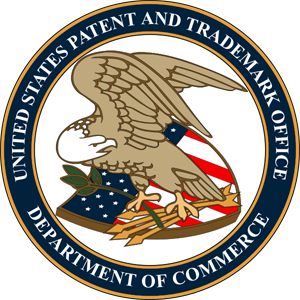 In my last post I discussed some of the key considerations for preparing to submit a trademark registration application to the USPTO. In this article we take a step back, and clarify what exactly can (and cannot) be protected as a trademark.
In my last post I discussed some of the key considerations for preparing to submit a trademark registration application to the USPTO. In this article we take a step back, and clarify what exactly can (and cannot) be protected as a trademark.
What is a Trademark?
In broad terms, a “trademark” is the market identify of a business, product or service. As such, trademarks can generally be summarized as the brands, logos and slogans attached to a commercial presence. One business can own several trademarks (Apple, Microsoft and Disney, for example, each own hundreds or thousands of them), and a robust trademark portfolio can add significant value to a business’s bottom line.
Anything that serves to uniquely identify your business or what it has to offer can potentially be protected as a trademark (or potentially as “trade dress” – an ancillary are of intellectual property law). Thus, not only are words and slogans protectable, but so are graphic images, and even colors (ex: pink for home insulation) and sounds (ex: the NBC chime).
Two Important Limitations
First, in order to be protected as a trademark, a brand name or logo (or other identifier) must be used “in commerce.” What this means is that great idea you have for the name of a new Smartphone app isn’t going to be protected as a trademark unless and until you actually begin to use it. However, you can (and should) file what is known as an “intent-to-use” registration application to reserve your rights in the name as soon as you decide to move forward with development. This won’t create any rights, but it will reserve so-called “prior” rights in case anyone else subsequently seeks to adopt a similar brand.
Second, trademark protection is specific to the products or services that you actually offer under the brand name. If you use the brand name “Consolidated” to promote your online marketing services, you do not own exclusive rights in the name “Consolidated” for all purposes—only for online marketing and related areas to which you might reasonably be expected to “bridge the gap” in the future. Stated differently, other companies can use similar trademarks as long as they are not competing for your customers. However, there is an important exception for “famous” trademarks—famous brands like Apple, Microsoft, The Beatles and Jay-Z are protected much more broadly, and entrepreneurs are generally well-advised to stay away from mimicking these trademarks altogether.
You Probably Have a Trademark
Limited trademark rights arise automatically once you begin to use the trademark in commerce. If you’ve got a business and a product or service and you use a brand name or logo to identify it, you probably already have a trademark. I say “probably,” because it is also possible that you are infringing someone else’s trademark—particularly if you didn’t perform clearance research before adopting the name. If someone else has already claimed trademark rights in a “confusingly similar” brand for related products or services, not only might you have no rights to protect, but you might be infringing on someone else’s rights.
Don’t forget: State and federal registrations are available to provide additional rights. Whereas the automatic “common law” rights cover only the geographic area where you make use of the trademark, federal registration with the USPTO gives you nationwide rights to use your registered mark. Trademark registration also provides several other substantial intangible benefits, and is well worth the investment. However, application fees are nonrefundable, and the process can take nine months or more, so it is important here again to perform preliminary clearance research to see if someone else is already claiming rights in a confusingly similar brand.
Jeff Fabian is the owner of Fabian, LLC, a law firm that assists business owners in protecting their brands so that they can stay focused on running their businesses. Jeff is also a founding member of TrademarkIntel, LLC, developer of the innovative TMIntel™ online software application for conducting your own instant trademark clearance research.
This article is provided for informational purposes only, and does not constitute legal advice.





